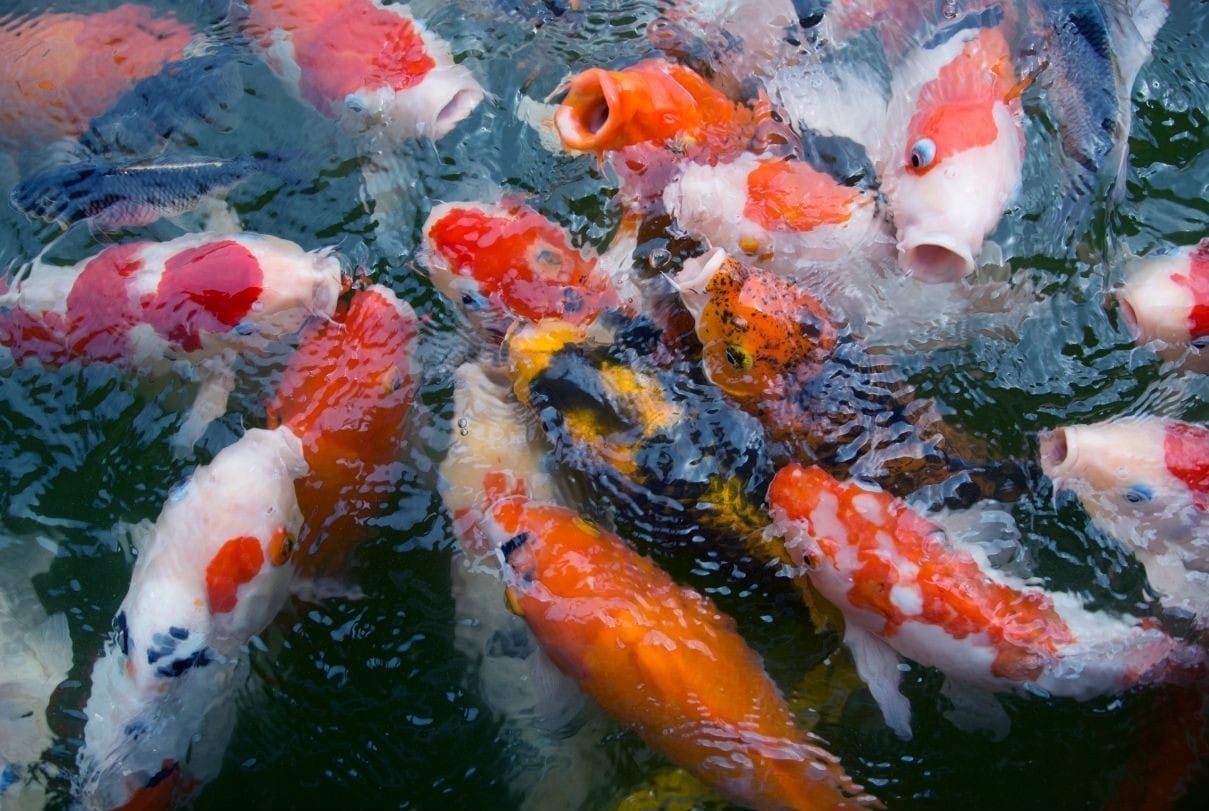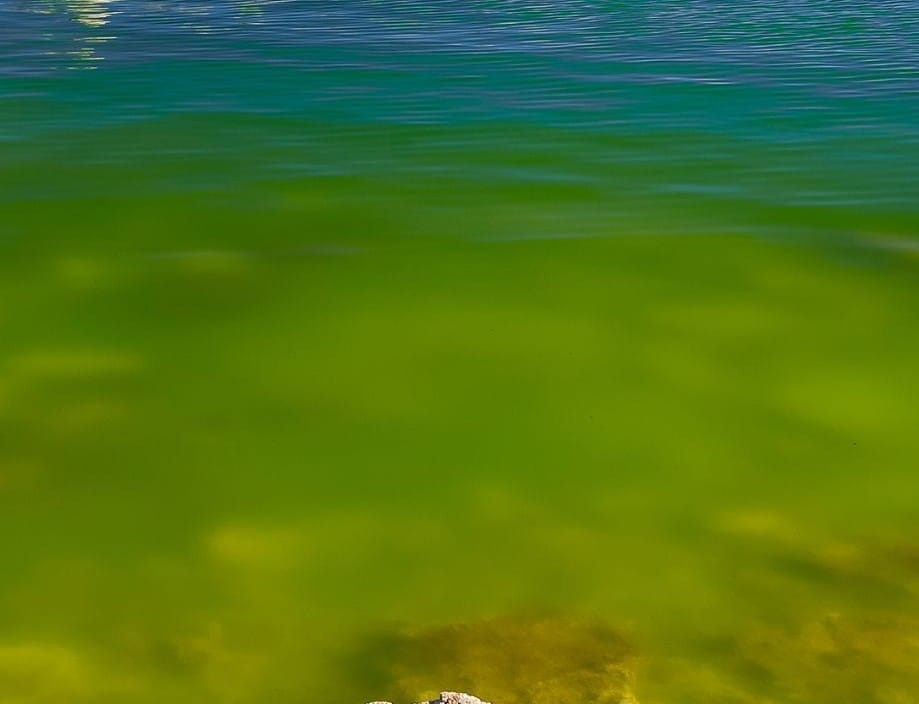Think like a fish: Spring and summer – the awakening and stress seasons
Part 2: Spring and summer : from parasite surges to oxygen crashes
As water temperatures rise and daylight lengthens, the spring and summer seasons bring a mix of opportunity and risk for aquaculture operations. While fish metabolism and growth can improve, environmental changes can also push water quality parameters beyond safe thresholds, leading to stress, disease outbreaks, and even mass mortalities.
SPRING: The awakening season
In spring, water temperatures begin to rise, increasing fish metabolism and appetite. However, fish coming out of winter may still have a sluggish immune system. This creates a mismatch—higher pathogen activity coinciding with lower immunity.
Key spring challenges:
Rising temperatures that trigger parasite activity (e.g., Ich, Dactylogyrus, Argulus)
Proliferation of pathogens and increased risk to opportunistic infections.
Lagging immune function post-winter
Nutrient surges from Spring rains and runoff leading to algal blooms
Vet-recommended actions:
Conduct spring health screenings: gill biopsies, parasite checks
Resume feeding gradually with high-quality, immune-boosting diets
Test ammonia, nitrites, and pH more frequently
Prepare aeration systems before summer peaks
SUMMER: The stress season
Summer is the most physiologically demanding season for aquatic species. Elevated water temperatures reduce oxygen solubility, increase oxygen demand, and fuel harmful algal blooms (HABs).
Key summer risks:
Oxygen depletion, especially in early morning hours/ night
Ammonia spikes from high metabolic and feeding rates, and faster organic matter decomposition
Cyanobacterial blooms releasing fish-toxic compounds (e.g., microcystins)
Increased susceptibility to bacterial pathogens (e.g., Aeromonas, Vibrio, Streptococcus)
Thermal stress
Aggressive behaviour, crowding near inflows or aerators due to stress
Vet-recommended actions:
Monitor DO levels at dawn and dusk
Increase aeration and reduce feeding during heatwaves
Provide shading or floating plants to reduce heat stress
Test for algae, toxins, and consider preventive vaccination before Summer
Monitor animals closely for:
Gasping at the surface or crowding near inlets
Reddened gills, skin lesions, or erratic swimming
Lethargy or reduced feeding
Sudden mortalities following hot days or heavy rainfall
With a proactive approach these risks can be managed; in Part 3, we will explore how autumn’s transitions and water turnover events bring their own challenges.
Digital checklists available!
Ready to take your seasonal tracking paper-free? Use our spring and summer checklists which are easy, interactive online forms to complete your weekly audit on any device, and get automatic records emailed to you (and your vet) for instant review. No printing, no filing—just faster, smarter farm management.
Subscribe to our newsletter and contact us if you have any queries or need support with a seasonal water quality audit.
Next in the series: Part 3: Autumn and winter in aquaculture: turnover events and cold-water risks.

Fish aggregating and gasping for air during low DO in Summer.

Algal blooms may be experienced during Summer.



